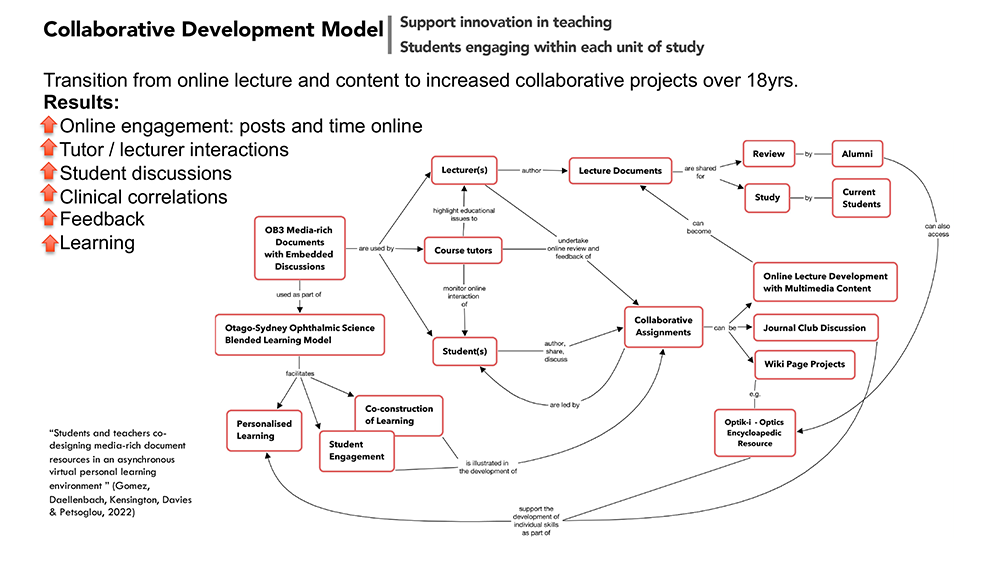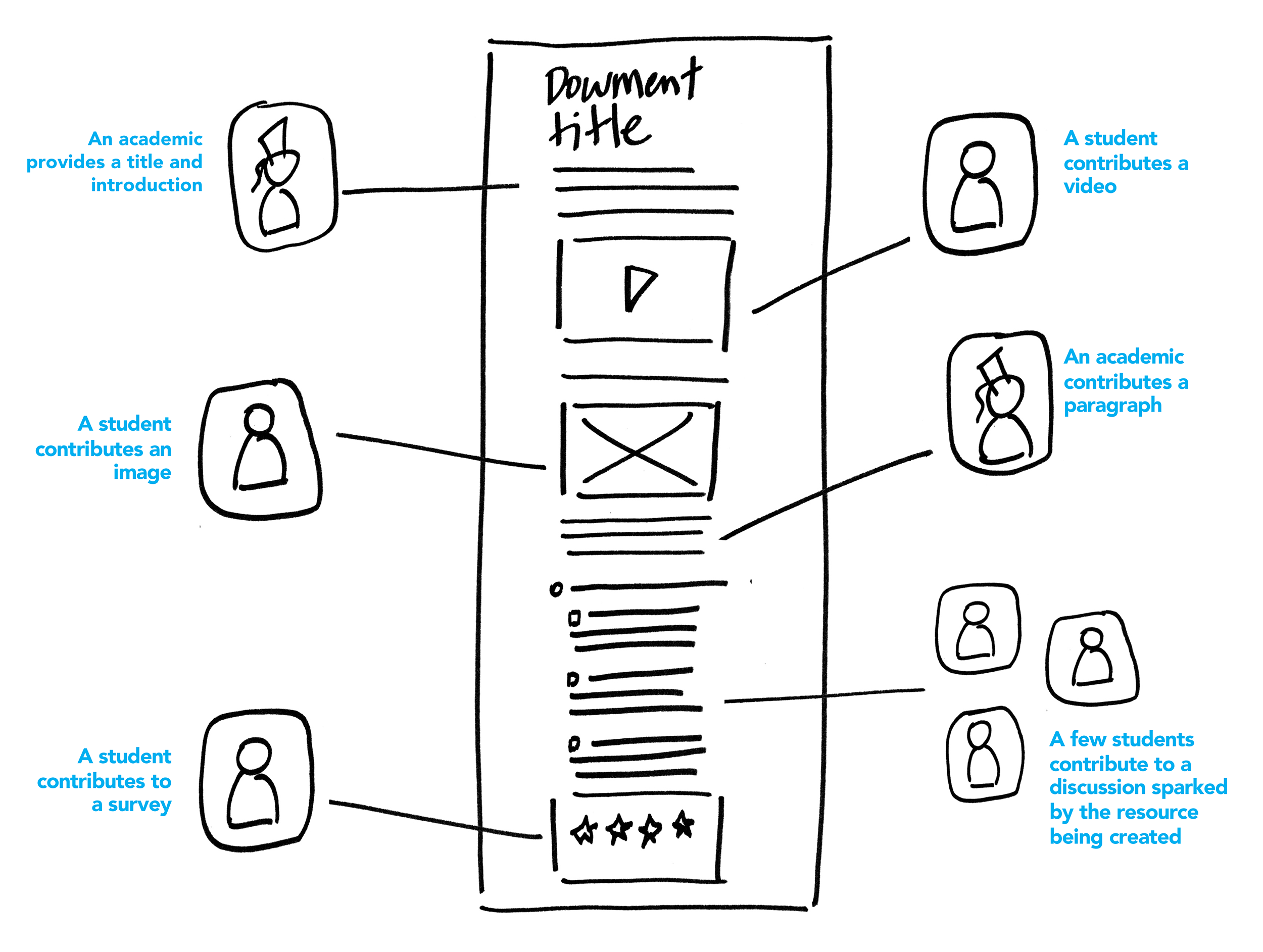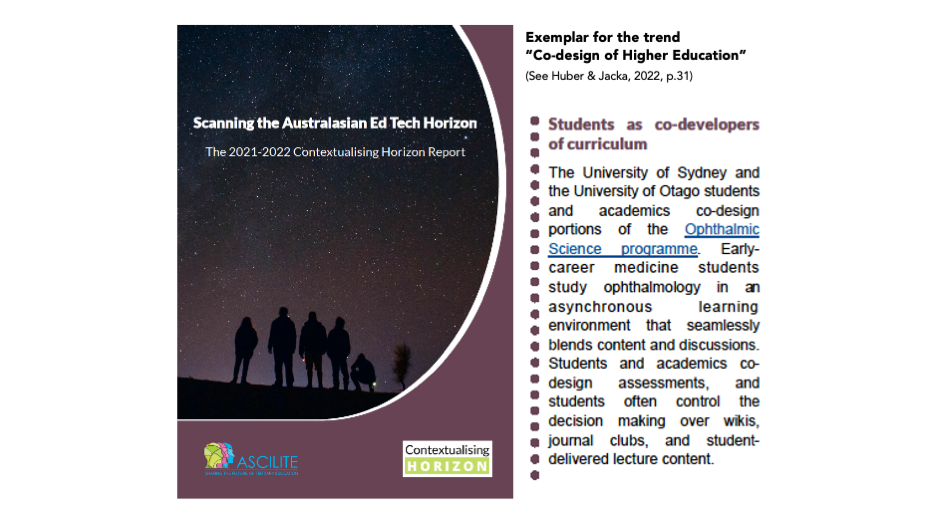The University of Sydney’s “SSI , in collaboration with the University of Otago and OB3, have developed a sophisticated blended learning model for teaching and learning in ophthalmology. This has been built on current educational research, regular student feedback and experienced academic staff to innovate and evolve. (Petsoglou & Stoop, 2020, p.39)

Coordinates postgraduate education,
Specialty of Ophthalmology, Save Sight Institute
University of Sydney

"[OB3] reflects SSI’s use of multiple subject experts to deliver each unit of study, as well as the collegial nature of the education team at SSI. Unlike many education apps, OB3 does not differentiate users based on whether they are students or staff – any user can create and share documents in OB3. Users can then choose the level of access to give to others. This reflects SSI’s non-hierarchal learning approach and enables teachers to provide students with the opportunity to contribute meaningfully to the evolution and improvement of their course." (Petsoglou & Stoop, 2020, p.39)


“… Creation of content in OB3 is designed so that users do not need to learn new software skills or have educational design support. Documents are ‘live’ so users can update a section of their lecture without having to re-record the entire thing which saves academic staff time and effort. Documents can be shared to allow multiple users, including students, to collaborate and create content.” (Petsoglou & Stoop, 2020, pp. 38-39)
The University of Sydney and the University of Otago students and academics co-design portions of the Ophthalmic Science programme. Early-career medicine students study ophthalmology in an asynchronous learning environment that seamlessly blends content and discussions. Students and academics co-design assessments, and students often control the decision making over wikis, journal clubs, and student-delivered lecture content. (See Huber & Jacka, 2022, p. 31)
